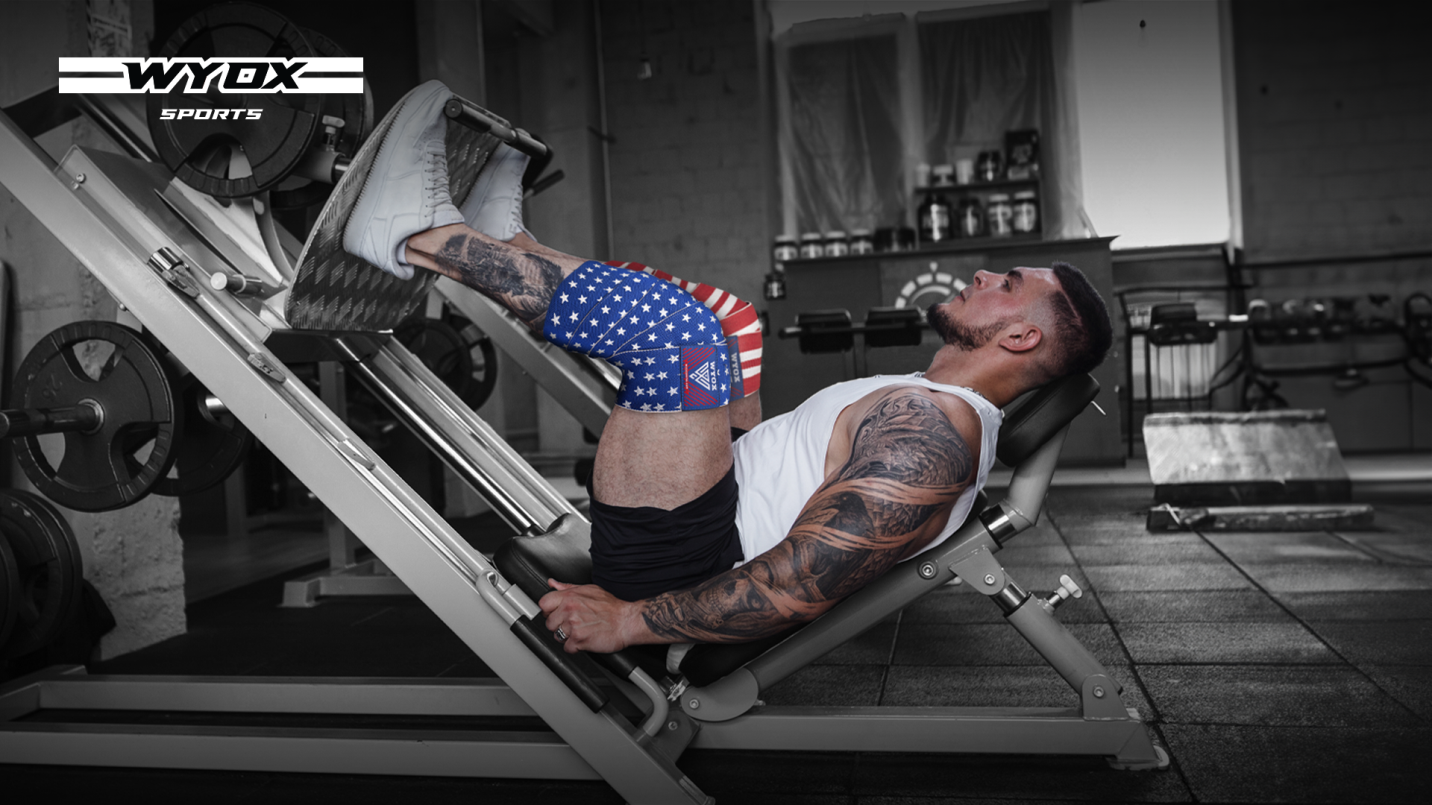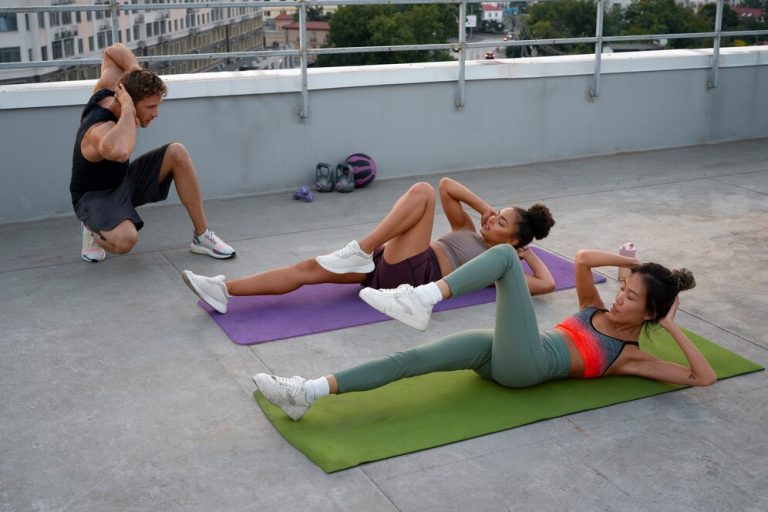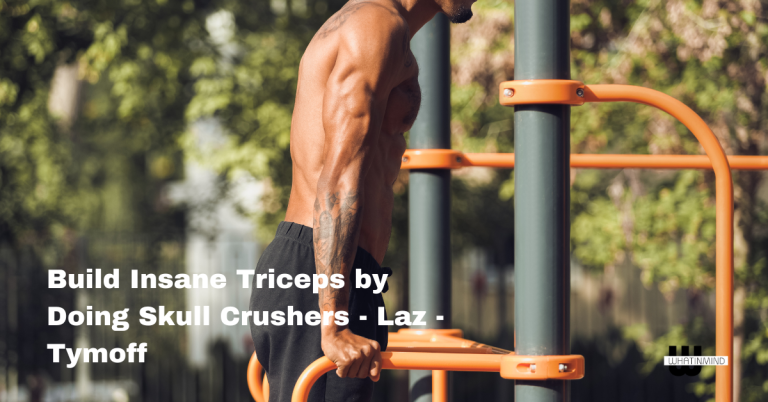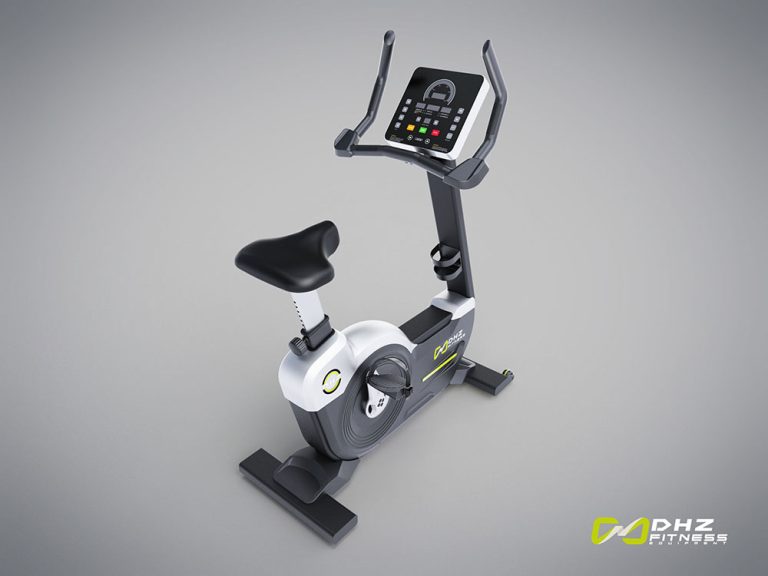A Weightlifting Guide for Beginners
Weightlifting conjures images of muscled physiques and grunting gym rats; but in reality weightlifting offers benefits to everyone, regardless of fitness level or age. From novice lifters looking for their first weightlifting adventure to experienced lifters looking for new experiences – this guide gives you everything you need to begin a safe and successful weightlifting journey. When Should People Begin Weight Lifting? What Are its Advantages
Why Consider Weightlifting? Here Are Its Rewards
Weightlifting provides numerous rewards. One is building strength and muscle. Weightlifting progressively challenges muscles to increase strength and size for improved everyday activities such as carrying groceries or climbing stairs.
- Strength Training Can Stimulate Metabolism: Muscle burns more calories when resting than it would burn doing physical exercises like weightlifting; thus providing your metabolism a long-term boost. Weightlifting will build muscle mass for maximum benefit to metabolism.
- Improve Bone Density: Weightlifting exercises stress your bones, increasing bone density and decreasing risk for osteoporosis in later life.
- Improve Body Composition: Weightlifting allows you to shed fat while building muscle resulting in an enhanced physique with toned contours.
- Strength Training to Build Confidence and Self Esteem: Feeling strong can do wonders for both confidence and self esteem; seeing strength increase can give a tremendous sense of empowerment!
- Improve Overall Fitness: Weightlifting helps strengthen core muscles, enhance balance and coordination skills and even boost mental focus, which all add up to an all-around fitness foundation.
Get Started in Weightlifting for Beginners
Before jumping headlong into weightlifting, here are a few essential steps you must follow to ensure a safe and successful journey:
- Consult Your Physician: Before engaging in weightlifting, it’s wise to visit a medical provider for advice and recommendations regarding whether weightlifting suits you as an activity and any limitations or precautions necessary. They can give their opinion as well as any limitations you should keep in mind before beginning training.
- Find or Hire a Training Partner or Trainer: A training partner can be essential in motivating, spot checking exercises and assuring proper form during exercises. However, for optimal results consider hiring a certified personal trainer, particularly during initial stages – they will create customized programs, teach appropriate techniques and answer any of your queries about fitness training and nutrition.
- Invest in Proper Gear: Comfy clothing and supportive shoes with good traction are necessary components of successful weightlifting sessions, while weightlifting gloves may offer added grip protection and wrist safeguarding benefits.
- Master Proper Form: Proper form is of utmost importance! Incorrect techniques can result in serious injuries. Instead, focus on controlled movements throughout each exercise that target specific muscle groups – beginning light before increasing weight gradually as your strength develops.
Building Your Weightlifting Routine: Key Exercise and Considerations
Now that we’re set, let’s review some fundamental weightlifting exercises to kick-start our routines:
- Squats: Squats are one of the staples of lower body workouts; targeting quads, glutes, and hamstrings with bodyweight exercises before progressing with dumbbells or barbells.
- Deadlifts: Deadlifts are an effective exercise designed to work the posterior chain – your lower back, glutes and hamstrings – using only proper form in order to avoid injury and ensure optimal results. When starting light and prioritizing technique it will likely produce results more rapidly than without it.
- Overhead Press: An overhead press can strengthen shoulders, triceps, and core muscles with any weighted resistance device: dumbbells or barbells can be used. Bench Press: Bench presses target pectorals, triceps, shoulders with proper form in mind to avoid shoulder strain.
- Rows: Rowing exercises strengthen back muscles to enhance posture and promote proper lifting mechanics, with multiple exercises targeting these specific muscle groups. You can perform rows using dumbbells, barbells or cable machines – you just have to find what fits for your workout! Crux of Crafting Your
Weightlifting Program: Frequency Sets Reps
Here are a few guidelines for developing your weightlifting program:
- Frequency: Strive for 2-3 sessions each week with sufficient rest days allowed between sessions in order to allow proper muscle recovery and prevent overexertion of yourself during each training session.
- Sets and Reps: Beginners may begin with 3 to 5 sets with 8-12 repetitions for each exercise, gradually increasing either weight, sets or reps as their strength improves.
- Warm-Up and Cool-Down: Always set aside 5-10 minutes to engage in an effective dynamic warm-up to prepare the muscles for exercise, followed by static stretching for effective recovery.
- Progression: Stay motivated even if results don’t show quickly – focus instead on proper form, consistency and gradually increasing weight or difficulty as your strength builds up.
Picking Out Gear That Supports Success: Purchasing Essential Items For Long Term Success
Weightlifting doesn’t necessitate extensive clothing or equipment; however, having the appropriate items can significantly enhance both experience and safety. Here is a breakdown of essential equipment as well as optional items to keep in mind:
- Essential Gear: for Weight Lifting
Comfortable Clothing: Select clothing made of sweat-wicking materials to facilitate full range of movement without restricting it, and avoid loose pieces that could snag weights.
Supportive Shoes: To maximize stability for lifting, invest in well-fitted, flat soled shoes which provide adequate traction – this way they provide the foundation needed for lifting!
- Optional Gear: A weightlifting belt may offer additional support for your core and lower back when lifting heavy loads; however, beginners may not require one initially.
Wrist Wraps: Wrist wraps can provide support and stability for the wrist during exercises such as squats, overhead presses and rows to reduce wrist strain and improve lifting technique.
Should You Wrap Or Not? (Wrist Wrapping Or Not?)
Wrist wraps come in various lengths, materials and thicknesses. Below is an outline of their benefits and considerations:
Wrist Wrap Benefits
Improve Wrist Stability: Wraps can compress wrists more securely for enhanced wrist stability that minimizes unwanted movement and lowers injury risks.
Improved Technique: Wrist wraps allow you to focus on proper form during exercises by stabilizing them, helping to ensure proper form is implemented during each set of exercise.
Increased Confidence: Feeling secure when lifting heavier weights increases confidence significantly. Considerations: It is also important that any decision related to wrist wrapping be carefully evaluated prior to purchase or usage.
Beginners lifting lighter weights may not require wrist wraps at first. Focus On Form First: Proper technique is key in avoiding injuries; using wrist wraps as a crutch may actually backfire!
Choose the Appropriate Wrap: Select wraps that provide a snug yet comfortable fit and avoid those which restrict circulation too much.
Knee Wraps:
Knee wraps provide various levels of compression and support to your knees, and can be useful for individuals with preexisting knee conditions or who lift heavy weights. Just as with wrist wraps, however, proper form remains paramount and knee wraps shouldn’t replace good technique as part of their use.
Gym Gloves:
Whilst knee wraps offer relief to injured or overstretched muscles on occasion; gym gloves have different functions altogether and offer increased protection and can aid recovery timeframe.
Gym gloves provide several advantages: Improved Grip: Gloves can significantly increase your grip when handling weights when your hands become sweaty – something especially helpful during exercises like pull-ups and deadlifts.
Protection: Gloves can protect your hands from calluses and blisters when weightlifting.
Wyox Sports understands the significance of quality and safety when it comes to weight-lifting gear, offering an extensive array of high-quality weight-lifting equipment including supportive weight-lifting belts, wrist wraps, knee sleeves and graspable weight-lifting gloves – everything needed for safe weight-lifting!
Nutrition for Your Weightlifting Journey
Just as your car requires fuel for optimal operation, so too must your body receive sufficient nutrition in order to support weightlifting activities. Here are a few dietary recommendations:
Prioritize Protein: As muscle-building building blocks, aim for at least 0.8-1 grams per pound of bodyweight each day in terms of proteins from lean meats, fish, eggs, dairy products and legumes – these sources make up your daily recommended allowance of protein consumption.
Don’t Ignore Carbs: Carbs provide vital fuel to support your workouts. Ideally, choose complex carbs such as whole grains, fruits and vegetables over refined options like white bread or sugary beverages to maximize energy stores for performance gains during training sessions.
Healthy Fats Are Essential: Fats play an integral part in hormone regulation, satiety and nutrient absorption, so be sure to include healthy options like avocados, nuts seeds and olive oil into your daily diet.
Stay Hydrated: Water is essential for optimal muscle function and recovery, so be sure to consume ample quantities throughout your day – especially before, during, and after working out.
Weightlifting for Beginners: Safety Tips and Considerations
Safety should always be your number one concern when weightlifting. Here are a few essential safety guidelines:
Utilize Proper Form: It cannot be stressed enough! Improper form can result in injuries. If unsure, seek guidance from a trainer.
Start Light and Gradually Increase Weights: Don’t attempt to be an athlete overnight – start light and gradually increase weight as your strength improves, helping prevent muscle strain or injuries in the process. This approach should ensure a safe workout session!
Listening to Your Body: Take rest days when necessary – overtraining can lead to overtraining injuries; pay attention to any pain signals during workouts and adjust accordingly.
Warm Up and Cool Down: To prepare muscles for exercise and promote recovery afterward.
Use Spotters for Heavy Lifts: When lifting heavy weights, having someone there as your spotter ensures safety if something unexpected should happen to the weight being lifted.
Do Not Hesitate to Seek Help: If you require any assistance during an exercise or have any queries, don’t be intimidated from asking a trainer or gym staff member for guidance or help.
Weightlifting Beyond the Gym: Bodyweight Exercise options
Weightlifting doesn’t need to require expensive gym membership. Here are some effective bodyweight exercises you can perform anywhere:
Bodyweight Squats: As previously discussed, squats provide a great lower body workout that you can modify over time by performing variations like jump squats or pistol squats as you become stronger.
Lunges: Lunges work your quads, glutes and hamstrings simultaneously for maximum effectiveness. Try doing basic lunges for added challenge or try walking lunges for even greater muscle involvement.
Push-Ups: Push-ups are a staple chest exercise and can be modified depending on your fitness level – starting from your knees if necessary, gradually building to full push-ups as your strength improves.
Rows: When performed at home using either a sturdy table or bench, bodyweight rows can strengthen back muscles quickly.
Plank: This isometric exercise targets your core, shoulders and back muscles simultaneously for increased core strength development. Aim to hold this pose for extended amounts of time as your core strength develops over time.
Conclusion: Weightlifting as an Exertion and Transformation Journey
Weightlifting can be an enlightening, fulfilling journey with many advantages. By following the advice in this guide and prioritizing proper form, as well as maintaining consistency, weightlifting will become part of your fitness regime and help you realize your fitness goals more quickly. Keep in mind that weightlifting goes far beyond aesthetics: its goal should be building strength while improving fitness overall and giving back something special back. So embrace the challenge, find inner strength within you, and embark upon an incredible weightlifting adventure which will change who you are within.






